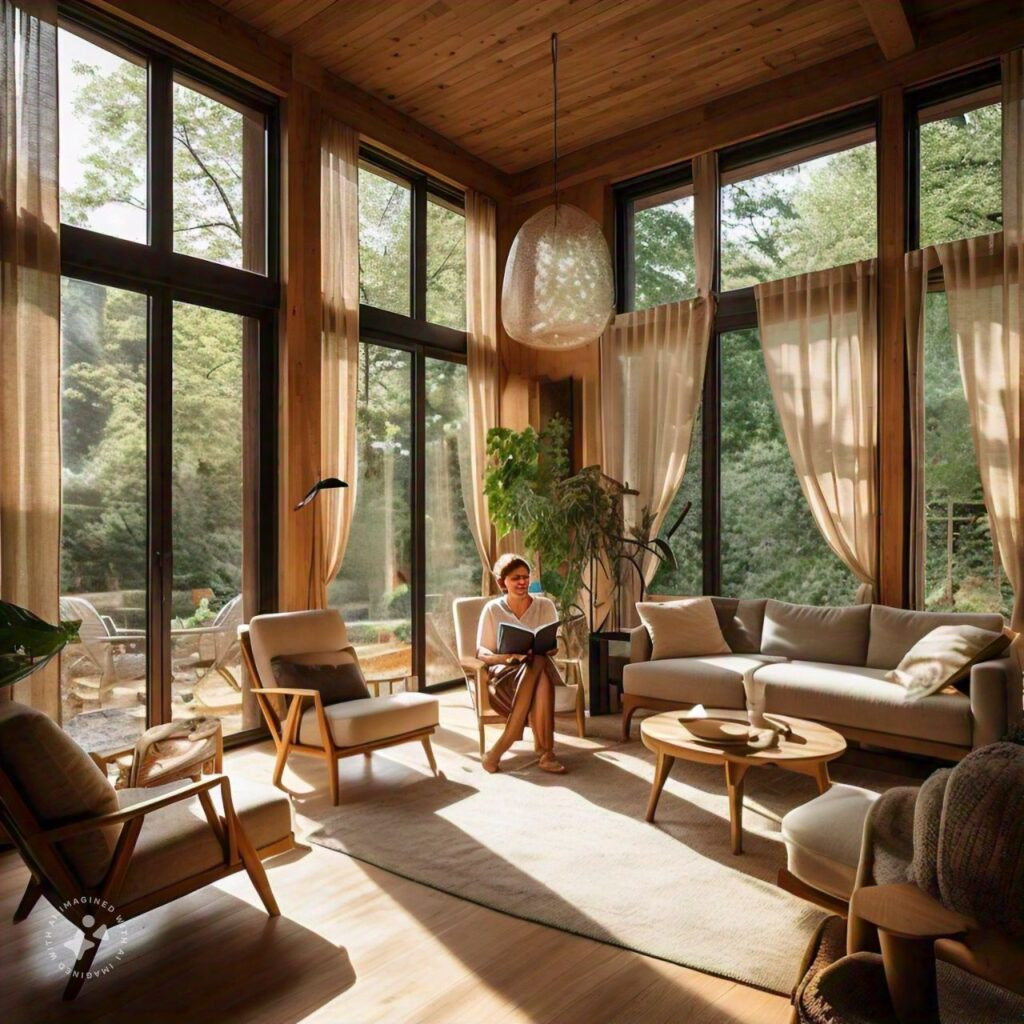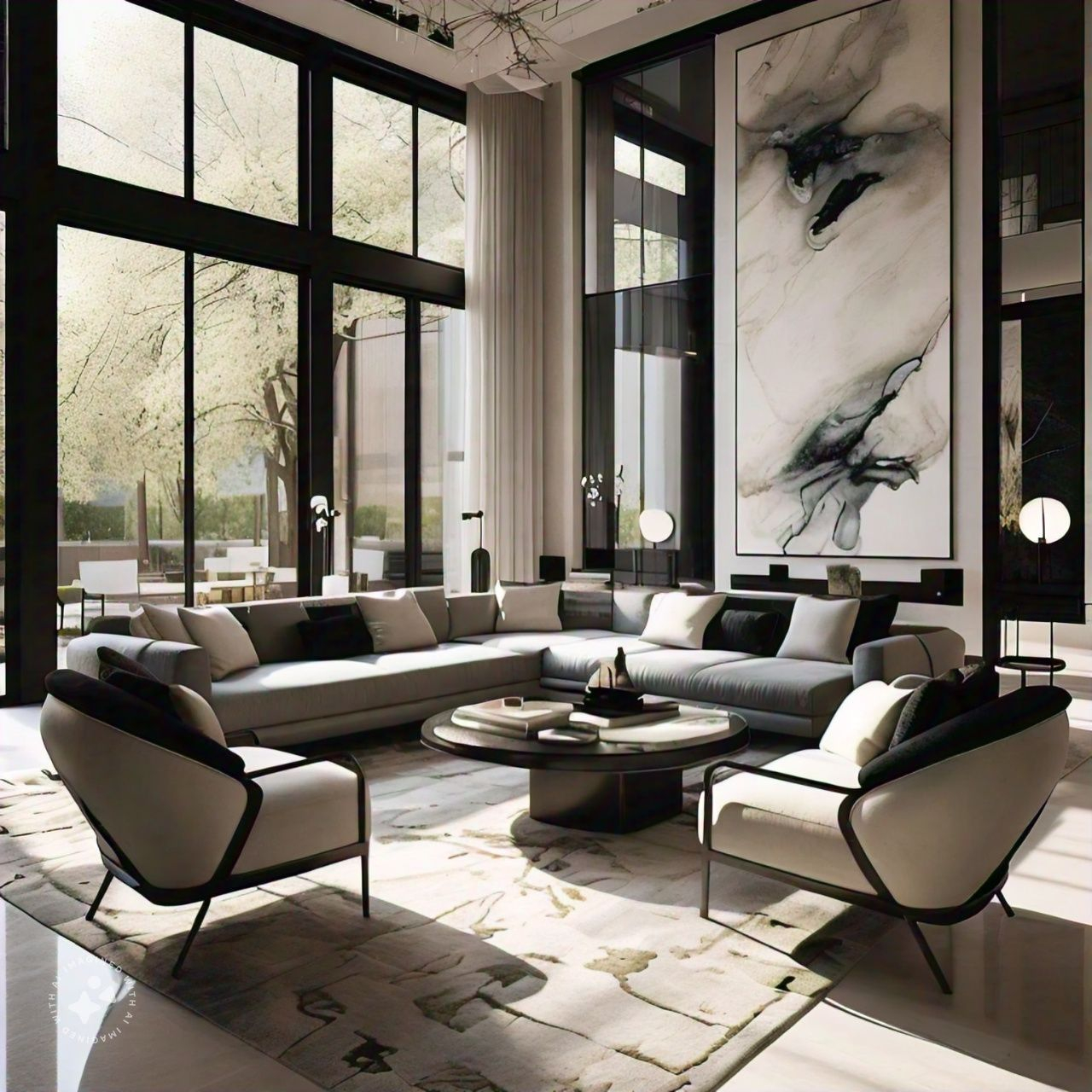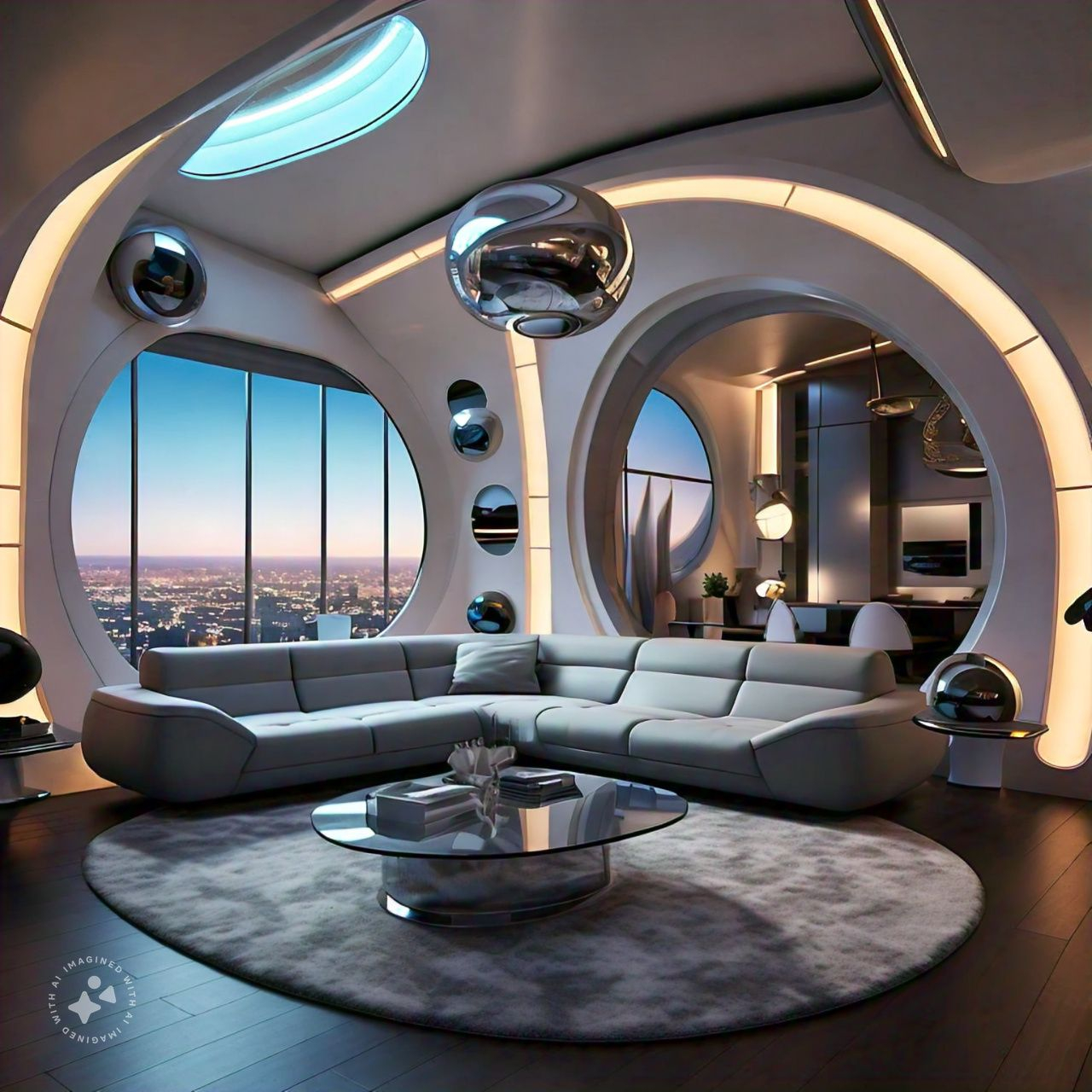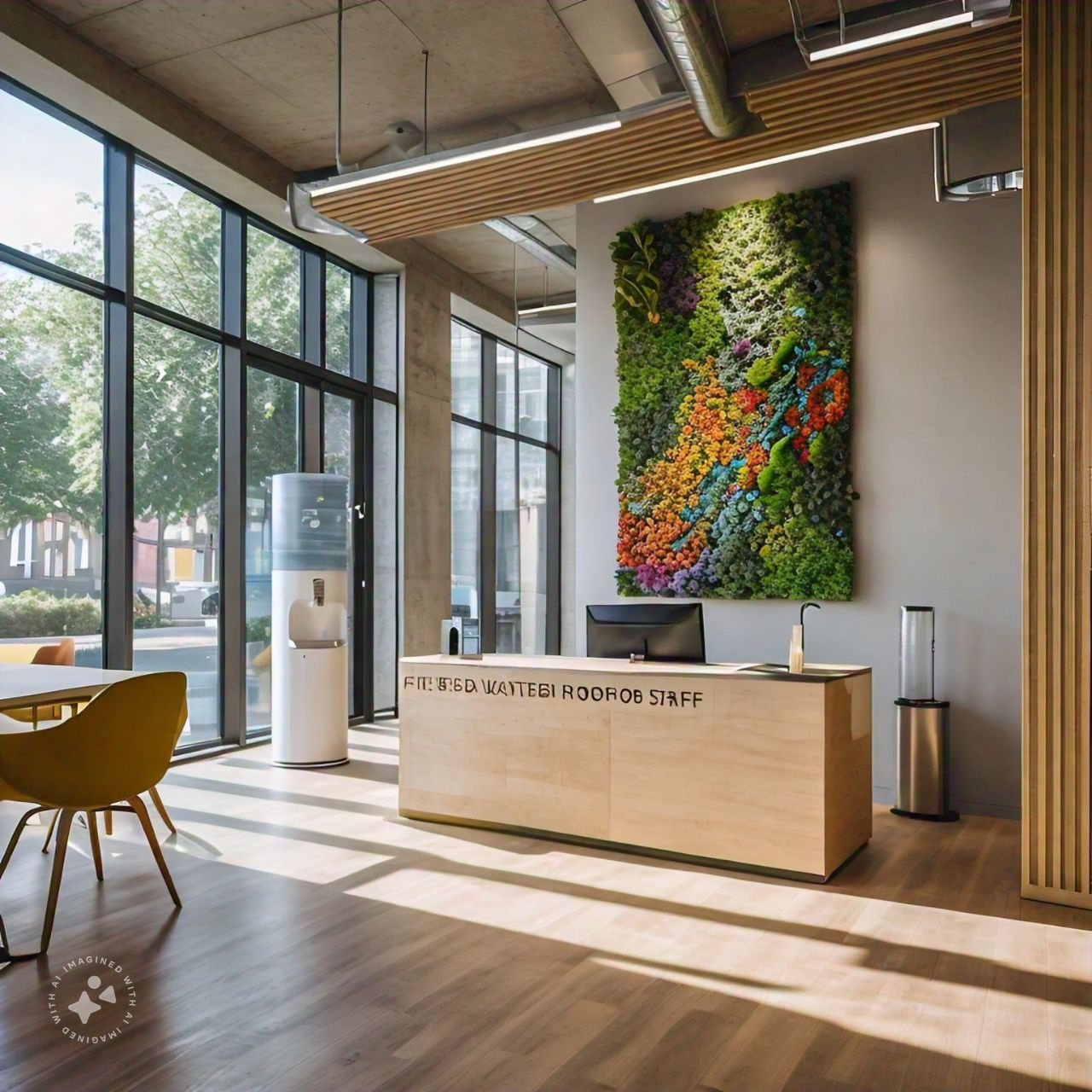Breathe Fresh Air, Live Happy: Understand Biophilic Design and Take Nature Indoors
After all, the kind of life we lead in the 21st century, more of it is enclosed, artificial, and naturally deprived. We seldom can’t wait to get out into the open, under the sky, and perhaps run into a spot of green. But what if one were able to bring all those soothing, rejuvenating abilities of nature right into one’s home? Enter biophilic design: the hottest trend in interior decoration that does a lot more for you than just aesthetics.
Biophilia: More than Just Liking Plants

The word ‘biophilia’ translates literally to ‘love of life’ and means quite much for the nature of our human self. This driving principle has been used to derive a precursor of biophilic design and later used to appraise the built environments for homes, work places, and cities. It’s not just about throwing a few houseplants in a corner (although that helps!). Biophilic design considers natural light, materials, textures, patterns, and even spatial arrangements in a holistic approach to create calm, restorative and healthy living space. Why Go Biophilic? The Perks of Nature Inside
So why do you care to go biophilic design? Turns out there are plenty of science-backed reasons to bring nature inside. Here are just a few of the benefits:
- Reduced Stress and Anxiety: Natural elements, it has been found, reduce the level of stress and anxiety one experiences. Plants, natural light, and calming textures bring a host of natural ingredients into your environment, allowing stressful feelings to be left behind so that a sense of peace is felt upon entering.
- Enhances Mood and Creativity: Feeling tired and lethargic after a day holed up inside, working or studying under artificial lights? Then biophilic design can help lighten your mood and spur greater creativity. Natural light exposure has been linked to higher serotonin— the “feel-good” hormone. Water features and natural materials stimulate the mind and often lead to feelings of inspiration.
Deepens cognitive function: Research further suggests that through biophilic design, cognitive functions like memory and concentration can be facilitated. Keeping nature around will help us cope with the ordinary activities of life with processing information effectively and focus.
Physical well-being: In reality, biophilic design must have some effects on one’s physical health. Some studies have shown that the presence of natural components in one’s surroundings can lower blood pressure, improve sleep, and give a boost to the immune system. - A Connection to the Outdoors: We can’t all live in treehouses, right? Biophilic design lets us make that much-needed connection to nature—even if we are forced to stay indoors. This can be particularly important for people living in urban environments with limited access to green spaces.
From Theory to Practice: Biophilic Design Made Easy
Ready for you to unleash that biophilic design within your own home? Here’s down-to-earth advice to get you started—no matter what your budget or design might look like:
- The Plant Powerhouse: Plants are the open example of low-hanging fruit (and puns) when it comes to incorporating things which fall under biophilic design. A mix of leafy greens with vibrant flowers can really set the scene for better air quality, pops of color, and life within a space. Consider low maintenance varieties or layout hanging plants if the space is small.
- Natural Light is Your Friend: Let there be sunshine! Natural light is one of the most crucial characteristics of biophilic design. Welcome natural light in. Keep windows unobstructed by furniture or clutter, consider light-filtering curtains, and be smart with your furniture layout so that it doesn’t cut across the sun’s rays.

Material Matters: Surround yourself with many natural materials including wood, stone, bamboo, and cotton. Having these in your home will add warmth and texture to your space and create a feeling of outdoor connection.
- Water Features: The Sound of Tranquillity in Nature – There is something calming about the trickling sound. Get this feeling by placing a little table-top water fountain in your living room or a decorative water feature around the house.
- Bring the Outside In: Biophilic design isn’t limited to the literal elements of nature. Work in textures imitating natural patterns: wood grain, stone mosaics, florals—the list can go on. Works of nature-inspired art or photography can also be brought indoors as a way of bringing the outside in.
- Embrace Organic Shapes: Move away from sharp corners and straight lines. Biophilic design aspires to organic shapes that resonate with natural forms. Think of the type of curved furniture, rounded edges, and organic textures: the kind of things you’d find in a collection of woven baskets or pebbles in a bowl.
- A Sensory EXPERIENCE: Biophilic Design is more than just sights. Consider elements that engage other aspects of the human experience. Scented candles are a nice touch. Natural scents help to promote relaxation—lavender or eucalyptus are excellent. A feeling of comfort can also be easily constructed by using natural fibers such as wool or cotton. Other textures like throws or rugs can warm a space.
Don’t let a tight purse keep you from biophilic design. Here’s how to include nature’s elements for pennies:
Do It Yourself. Instead of buying a new plant, just multiply the ones you already have by growing some cuttings. It’s fun and cheap.
Second-Hand Finds: Thrift stores and vintage shops are, of course, a perfect haven for natural materials. Upcycle an old wooden table or find a unique ceramic vase for your new plant.
The Great Outdoors is Free: Go for a nature walk and forage for some pinecones, branches, or smooth stones. These can be used for DIY centerpieces, decorative arrangements, or even natural mobiles.
The Power of Paint: Sometimes, all you need is a fresh coat of paint. Try soothing nature-inspired tones like soft greens, earthy browns, or calming blues.
DIY Terrariums: These are one of the low-maintenance, low-cost options to infuse a bit of nature into interiors. Recycle your glass jar or fishbowl and create a mini world with moss, small plants, and decorative stones.
Biophilic Design: Beyond Your Home
Biophilic design is not just implemented in homes nowadays, but has been stretched out to offices, schools, hospitals, and even public places. Just imagine classrooms drenched in natural light and adorned with various water features, or office space that contains living walls and green roofs. Depending on biophilic design can actually create the most positive, productive, and healthy environment for everyone.
Biophilic Design: A Trend with Staying Power
It’s more than a trend in design; it’s a growing movement. By incorporating natural elements within our living and working spaces, we can simultaneously impact our individual health and overall well-being. So lean into the powers of biophilic design and welcome nature’s calm and restorative magic into your four walls.
Is it time to start breathing a little easier and live a little happier? Let biophilic design convert your rooms into tranquil and creatively inspired spaces with a connection to the natural world.
Here are a few more tips you may want to add to your article to make it more comprehensive:
Biophilic Design for Every Style: Share how biophilic principles of designing can be adapted to different stuff tastes—minimalist, modern, rustic.
The Future of Biophilic Design: Include the current trends of increased biophilic design in the field of architecture and urban planning; the grasp of ideas like green roofs, vertical gardens, and inclusion of natural features in building design—for instance, the role of technology as a mediator for biophilic design, such as that of advanced smart lighting systems that will be able to simulate natural light cycles, applications that aid in the identification and care of indoor plants, or virtual-reality experiences of bringing nature into the built environment.
This will allow an individual to write a comprehensive and informative article, positioning biophilic design as a great tool for creating healthy and stylish living spaces. Remember, your home is your sanctuary; make it a place where you can connect with nature and really feel alive.












